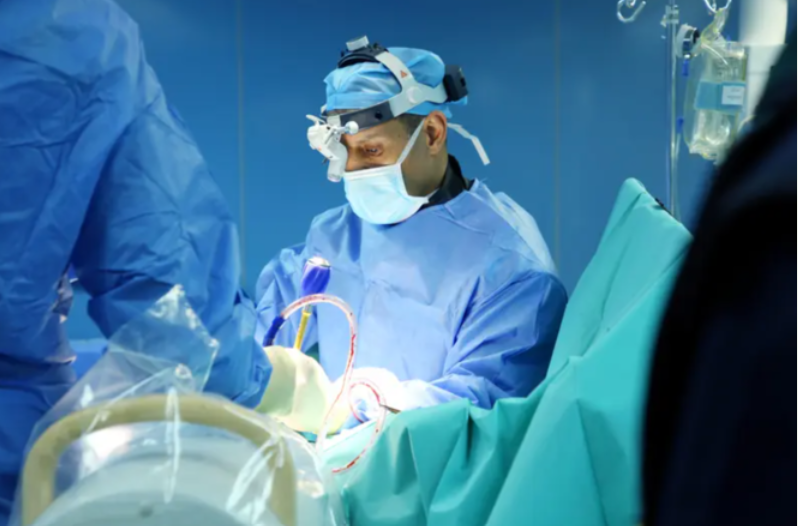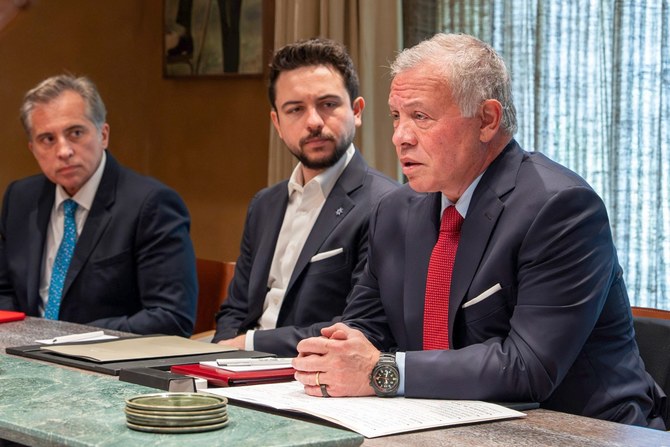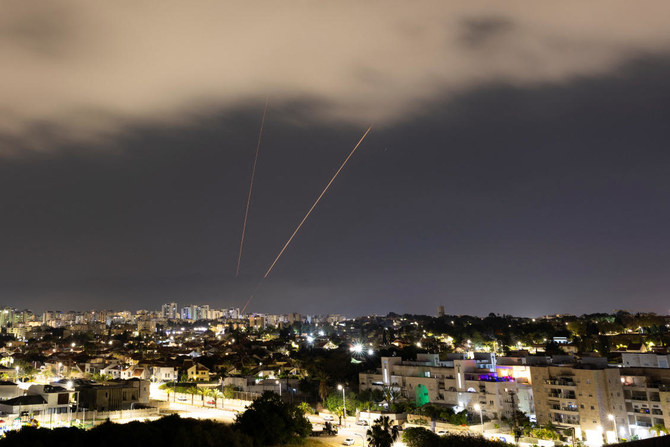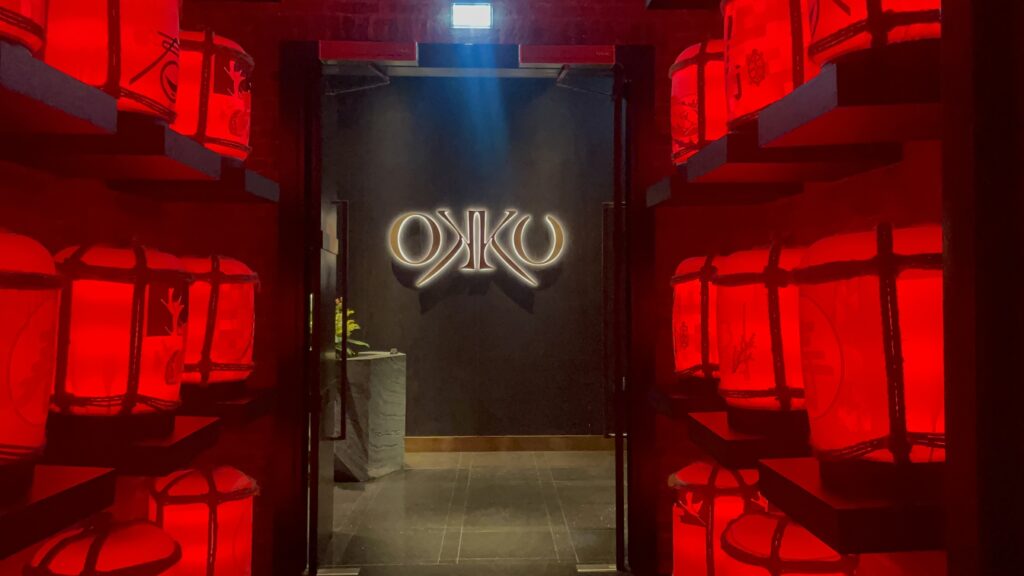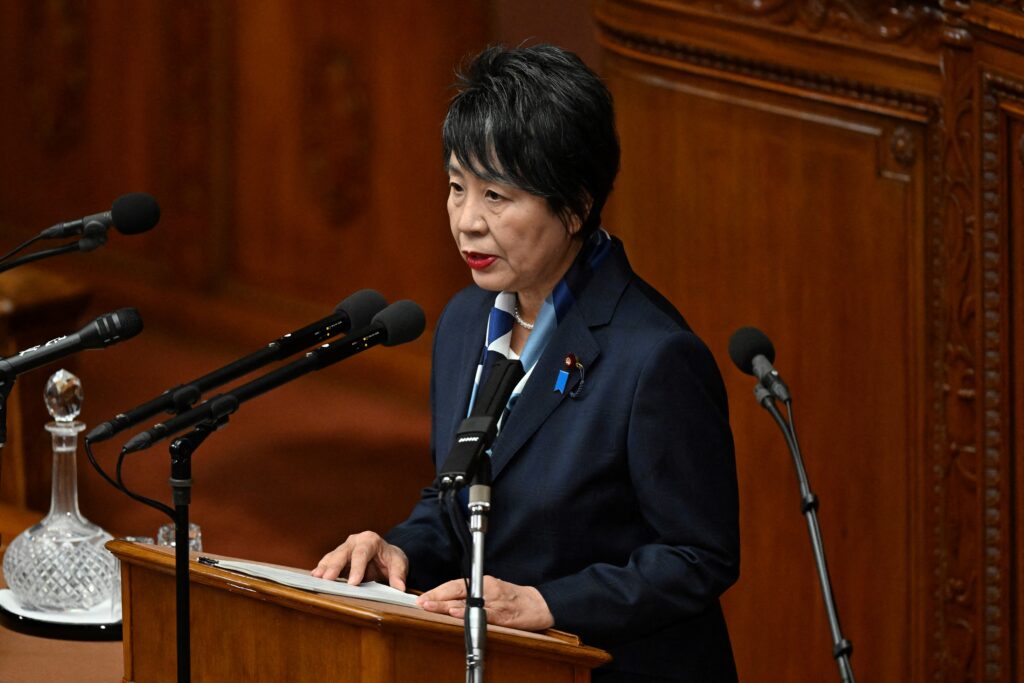Arab News
LONDON: A Jordanian teen received a new spine made of rope in a pioneering operation in Dubai, making her the first recipient of the surgery in the Middle East and North Africa region.
Salma Naser Nawayseh, 13, underwent vertebral body tethering (VBT) surgery last week, in which a piece of rope was run down the entire length of her spine.
Screws are then inserted into each section of the spine to assist in producing the proper tension on the rope and correcting the curve.
VBT is currently practiced in only a few countries, including the US, France, and Germany, but this is the first time the surgery has been carried out in the MENA region.
Salma is already making a remarkable recovery following her operation at Dubai’s Burjeel Hospital. She is not only back to walking, but she also plans to return to tennis soon.
In April 2022, Salma’s parents first noticed the curve in her spine, and she was later diagnosed with scoliosis — a spine condition characterized by an abnormal lateral curve.
Although it can appear in infancy or early childhood, the primary age of onset for scoliosis is between the ages of 10-15 years.
While most cases are mild and do not require invasive treatment, untreated moderate to severe scoliosis can cause pain, increased deformity, and potential heart and lung problems.
Salma presented to Dr. Firas Husban, a consultant orthopedic surgeon at Burjeel Hospital, with a thoracolumbar curve of 65 degrees.Her condition caused back deformity with trunk shortening, a lower back hump, an unleveled pelvis, and back pain.
“Adolescent idiopathic scoliosis is the most common type and is usually diagnosed during puberty” Dr. Husban said.
“The three treatment options for such patients are observation, bracing, or surgery. While bracing is an option in patients with mild forms of scoliosis, in Salma’s case, she required surgery to correct the deformity.” he added.
In 2019, the USFDA approved VBT; a minimally invasive technique that allows for continued growth without fusion while preserving motion and flexibility.
The new treatment allows for fusionless spine correction, allowing the patient to regain full range of motion and grow further. Other benefits include less visible incisions, less trauma, fewer complications, and faster healing.Despite being a newer treatment, the cost of VBT is comparable to other scoliosis treatments.
Not every patient with scoliosis is a candidate for VBT. It would ideally be performed on children over the age of nine and who are still growing.
Furthermore, the procedure is most effective in patients with a 45 to 65 degree curve.
Doctors said Salma was the “perfect candidate” for the procedure because she had not yet reached full skeletal maturity.
Dr. Husban said: “As opposed to spinal surgeries that involve cutting into the back and manipulating the spinal cord and nerve roots, in this surgery, we make discreet incisions in the abdomen through the endoscope.
“Because VBT is minimally invasive, there is little trauma to the delicate tissues of your back. As a result, there is less blood loss, less postoperative pain and speedier recovery time compared to the spinal fusion surgery.” Dr. Husban said Salma’s spinal curve will continue to improve, and the tether will guide the growth of the spine as the body grows.
“The patient is recovering well after the surgery. After two weeks, Salma can go back to school. Four weeks later she can return to full activity with no restrictions and can start playing sports,” he also said.
Salma’s parents are thrilled at the outcome.
“She started walking the second day after surgery. We are happy that our daughter was eligible for this surgery. We look forward to our daughter holding the racket again and resuming tennis.” they said in a statement released by the hospital.



